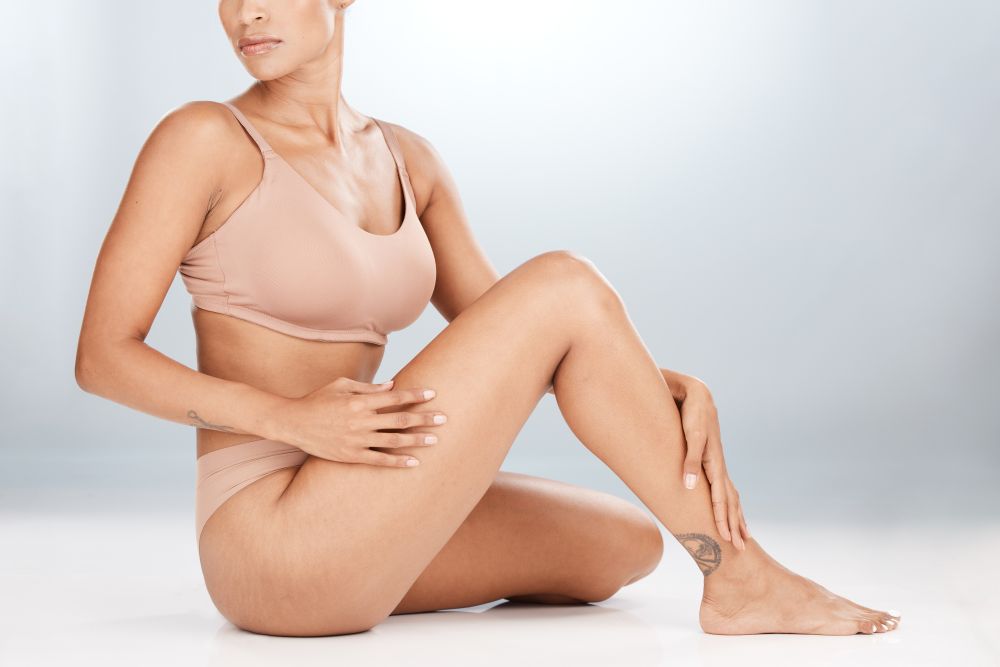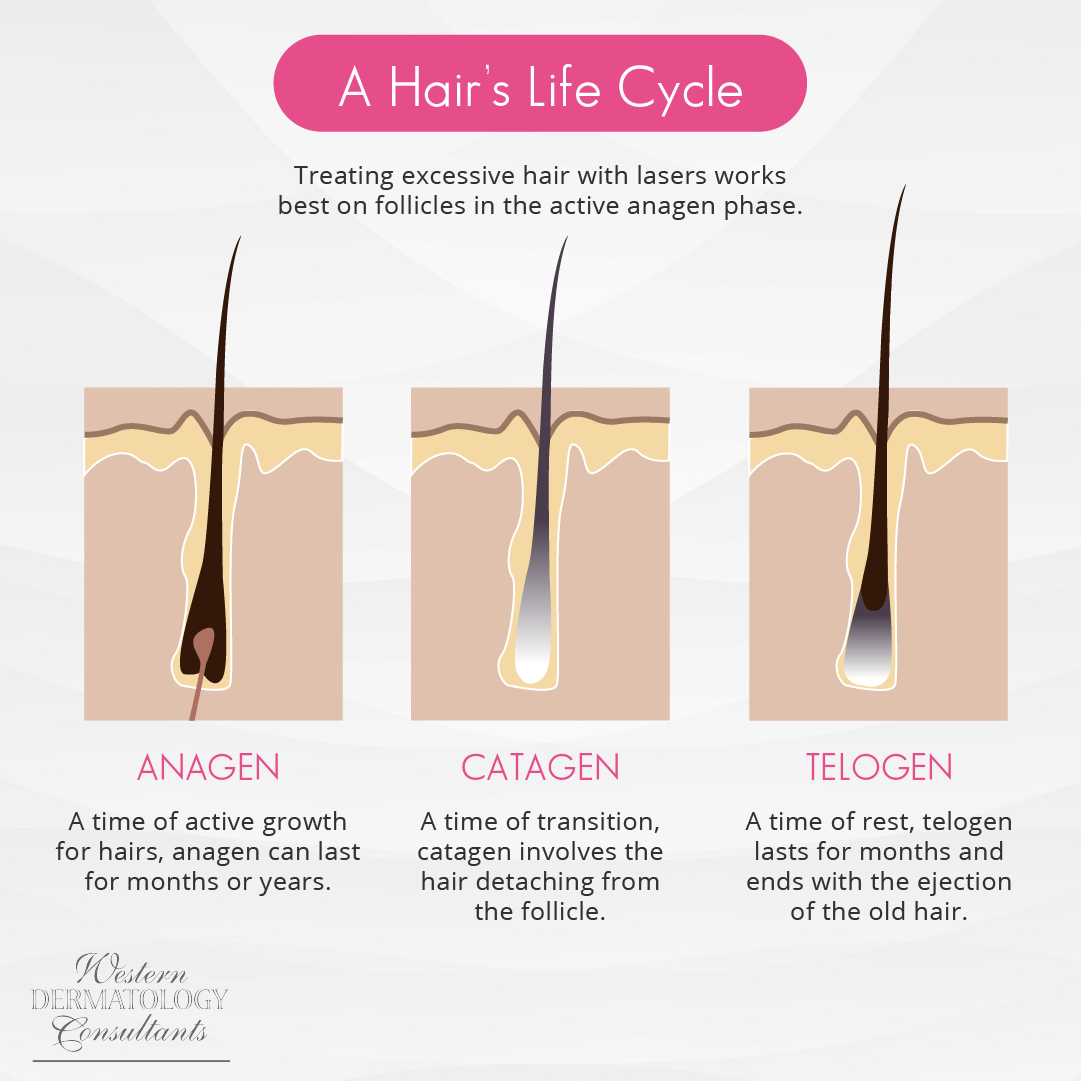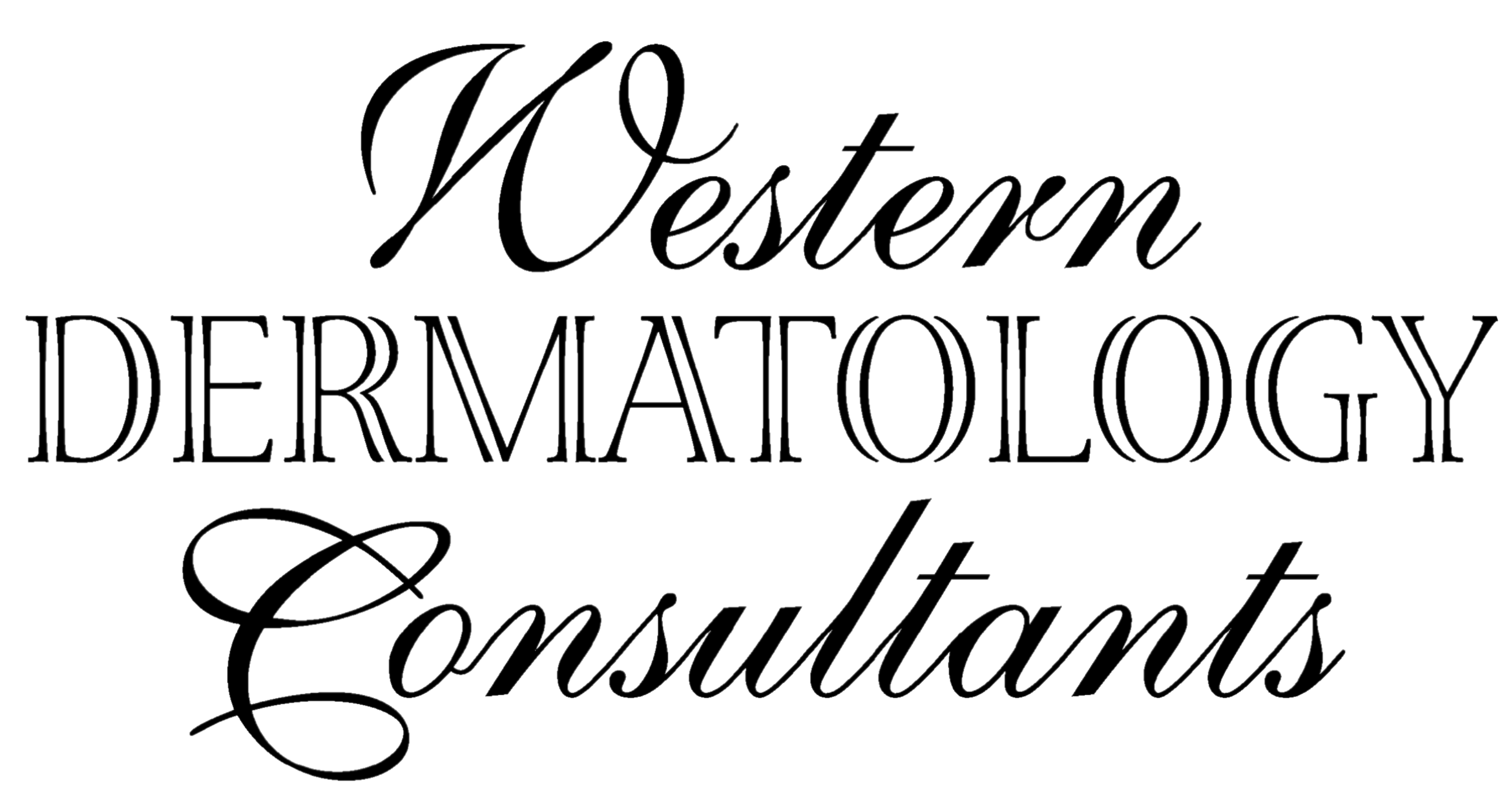- Home
- Conditions
- Excessive Hair
Excessive Hair
Save Time and Boost Confidence with Professional Hair Removal Treatments in Albuquerque


Solutions
There’s no doubt that managing unwanted hair on the face and body can be frustrating. Genetics and hormonal imbalances can contribute to hair growth—and there’s the simple fact that shaved hairs simply come back again. Although we all have some body hair, many individuals who have unwanted or excessive hair prefer the way smooth skin looks and feels.
Are you ready to give your razor a break and put an end to daily shaving? If you want smoother skin due to your preferences or the time of year, minimally invasive procedures for removing excessive hair at Albuquerque’s Western Dermatology Consultants can provide long-lasting results for those who are bothered by this cosmetic condition.
Here’s everything you need to know about staying fuzz-free with the most effective treatments for excessive hair in 2023.
Contact Us
Want to explore treatments for excessive hair at Albuquerque′s Western Dermatology Consultants? Call 505-855-5503 or fill out a contact form to request an appointment.
Want to do something about unwanted hair on your legs or face? Almost every woman on the planet (with the exception of those who enjoy sporting lots of hair!) would probably jump at the chance to NOT have to shave so often, if at all! Luckily for people who are bothered by excessive hair, Albuquerque’s Western Dermatology Consultants offers some fast and effective in-office treatments that provide long-lasting results for this cosmetic condition—so you’ll no longer have to shave, pluck, or wax constantly to get the results you want!
What Causes Unwanted, Excessive Hair Growth?
Is excessive hair normal? Although there are many parts of your body that may appear to be hairless—such as your earlobes or forehead—there are actually fine, short, translucent hairs on most areas of both men’s and women’s bodies. These are known as vellus hairs or “peach fuzz.” After puberty, stronger, longer hairs called terminal hairs begin to grow in on some areas. Androgens are the hormone responsible for body hair growth, and this is when males start to get facial hair and just about everybody starts to develop visible hair in the armpits, on the legs, and elsewhere.
Sometimes these coarse, darker terminal hairs grow in on areas where excessive hair is unwanted, whether that’s the face, underarms, arms, legs, chest, stomach, back, or bikini line. This excessive hair growth is usually harmless and isn’t considered to be a medical issue (unless it’s determined to be caused by an underlying health condition), but many people are self-conscious and choose to have the hair removed for cosmetic reasons.
Noticeable, excessive hair on women, which is referred to as hirsutism, may occur because of a health condition such as polycystic ovary syndrome (PCOS), adrenal hyperplasia, obesity, idiopathic hyperandrogenemia, tumors, or thyroid disorders. These illnesses all cause hormonal imbalances for women, leading to the creation of too many androgens. However, sometimes there is no known cause for the hair growth, and it might simply be genetic.

Every hair passes through three main life cycles: anagen, catagen, and telogen. The months-long anagen phase is a time of active growth and cell division—ideal for laser treatments that target darker-pigmented cells in the follicle. Catagen is a short phase of “preparation” when the hair bulb itself shrinks. After this, the hair enters a months-long telogen phase of rest, which ends after the hair itself falls out. Anagen starts again, with a new hair growing to replace the one that was just lost. In order to most effectively treat an area of excessive hair, Albuquerque’s Western Dermatology Consultants team will need to schedule multiple sessions, each spaced out in order to capture as many follicles as possible in the anagen phase.
What Are the Benefits of Treatments for Excessive Hair?
Certain types of daily hair removal routines can often take up too much time and cause ongoing discomfort, so many patients seek out longer- lasting professional treatments and use that time for something more enjoyable. Treatments for excessive hair can help to free up your schedule, address aesthetic concerns, and improve your confidence when you know you are presenting the best version of yourself.
Who Is a Good Candidate for Treatments for Excessive Hair?
If you’re frustrated with having to manage excessive hair, you may be an ideal candidate for these treatments. The majority of treatments for excessive hair are minimally invasive, and most people will be eligible for these options. Potentially, any person who wants to manage excessive hair on the face or body could be a good candidate for professional hair removal solutions, especially if there’s a high contrast between their hair color and skin color.
Patients who have a light skin tone and dark hair or a high contrast between their hair and skin tones may find that laser hair treatments and IPL are very effective when it comes to removing excessive hair.
How Is Excessive Hair Removed?
Hair removal describes any method of removing excessive hair—or any hair, really—from the human body.
What Are Your Options for Excessive Hair Removal?
What is the best method to remove excessive hair growth? Although hair removal is a common part of many individuals’ daily routines, there are minimally invasive, longer lasting options that can provide smooth skin for weeks to months.
- "Depilation" is one solution for excessive hair. Depilation affects the part of the hair above the surface of the skin. The most common form of depilation is shaving. Another popular option is the use of chemical depilatories, which work by breaking the disulfide bonds that link the protein chains that give hair its strength, making the hair disintegrate.
- "Epilation" is removal of the entire hair, including the part below the skin. Some individuals may use waxing, sugaring, epilation devices, lasers, intense pulsed light or electrology, or basic plucking with tweezers to get rid of excessive hair.
If your excessive hair is caused by an underlying medical problem, your doctor may recommend hormonal management techniques.
Shaving
Sometimes shaving may be the best treatment for excessive hair on the face, arms, and legs—but it can be used on any area of the body. The razor severs the hairs on the surface of the skin, so they aren’t visible. Although this is typically a pain-free method (aside from accidental cuts and post-shaving razor burn!), the results are very temporary and constant maintenance will be needed.
Waxing
When excessive hair is waxed, it is pulled directly from the root. The results of waxing will last for roughly two to eight weeks. Waxing should not be done on certain areas, such as the genitals, ears, and eyelashes. Don’t apply wax to varicose veins, moles, warts, and sunburned or chapped skin.
Chemical Depilation
For this treatment, a strong, over-the-counter alkaline-based gel or cream is applied to the skin and weakens the protein or keratin in your hair, which causes excessive hair to drop out then be easily wiped away. It’s common for these creams to contain ingredients such as sodium thioglycolate, calcium thioglycolate, and strontium sulfide. Results from this method last for several weeks. Using these creams incorrectly can lead to complications such as burns and blisters, so it may be best to test this cream on a small area of skin first.
Intense Pulsed Light (IPL)
IPL involves using high-energy light treatments to damage the hair follicles. The energy is absorbed by the pigmented cells in the hair follicles, causing them to overheat and shut down. Excessive hair will gradually and steadily be reduced in a series of treatments.
Laser Treatments for Excessive Hair Removal
How does laser hair removal work? This is something many individuals who want to treat excessive hair with energy-based procedures are curious about. Laser hair removal is a commonly applied cosmetic treatment that consists of using a highly concentrated wavelength of light that is absorbed by the pigment of the unwanted hair. The light is converted to heat and destroys the follicles of the hair without harming the surrounding skin. High-heat lasers prevent the hairs from growing.
This delays the growth of excessive hair for long periods of time and can be used on almost any area of the body. This light-based method of hair removal is fast, precise, and has a predictable outcome. Any hair that eventually grows back is often finer and lighter in color.
Which Other Cosmetic Concerns Can Be Addressed at Western Dermatology Consultants?
Western Dermatology Consultants provides care and treatments for a variety of cosmetic conditions including uneven skin tone, large pores, dull dark circles, thin lips, excessive sweating, unsightly veins, cellulite and fat reduction, thinning lashes, and more.
Contact Us
Want to learn more about removing excessive hair at Albuquerque′s Western Dermatology Consultants? Women and men seeking a smoother face or body can call 505-855-5503 or submit a contact form to schedule a free consultation.
